
A foreword about the Dada movement in art is a required prerequisite to be able to understand Max Ernst’s development as an artist, his artistic career and his influence on other artists.
What was Dada and what did this art movement want in Cologne in 1919? The idea of bringing together all conceivable materials for artistic ends, and establishing a principle of equality for each kind of material used in the art making, together with a deliberate negation of traditional artistic values set this artistic movement apart from previous art schools.
For these artists in Cologne, the stimulus of Dada offered a highly fruitful set of aesthetic strategies for artistic and social dissent. It is in this milieu that Max Ernst career as an artist developed, mutating from expressionist-inspired woodcuts and drawings into representations of hallucinatory dream states that confused the boundary between conscious and unconscious perception, influenced by the writings of psychologist Sigmund Freud.
Dada artists are known for their use of readymades – everyday objects that could be bought and presented as art with little manipulation by the artist. The use of the readymade forced questions about artistic creativity and the very definition of art and its purpose in society.
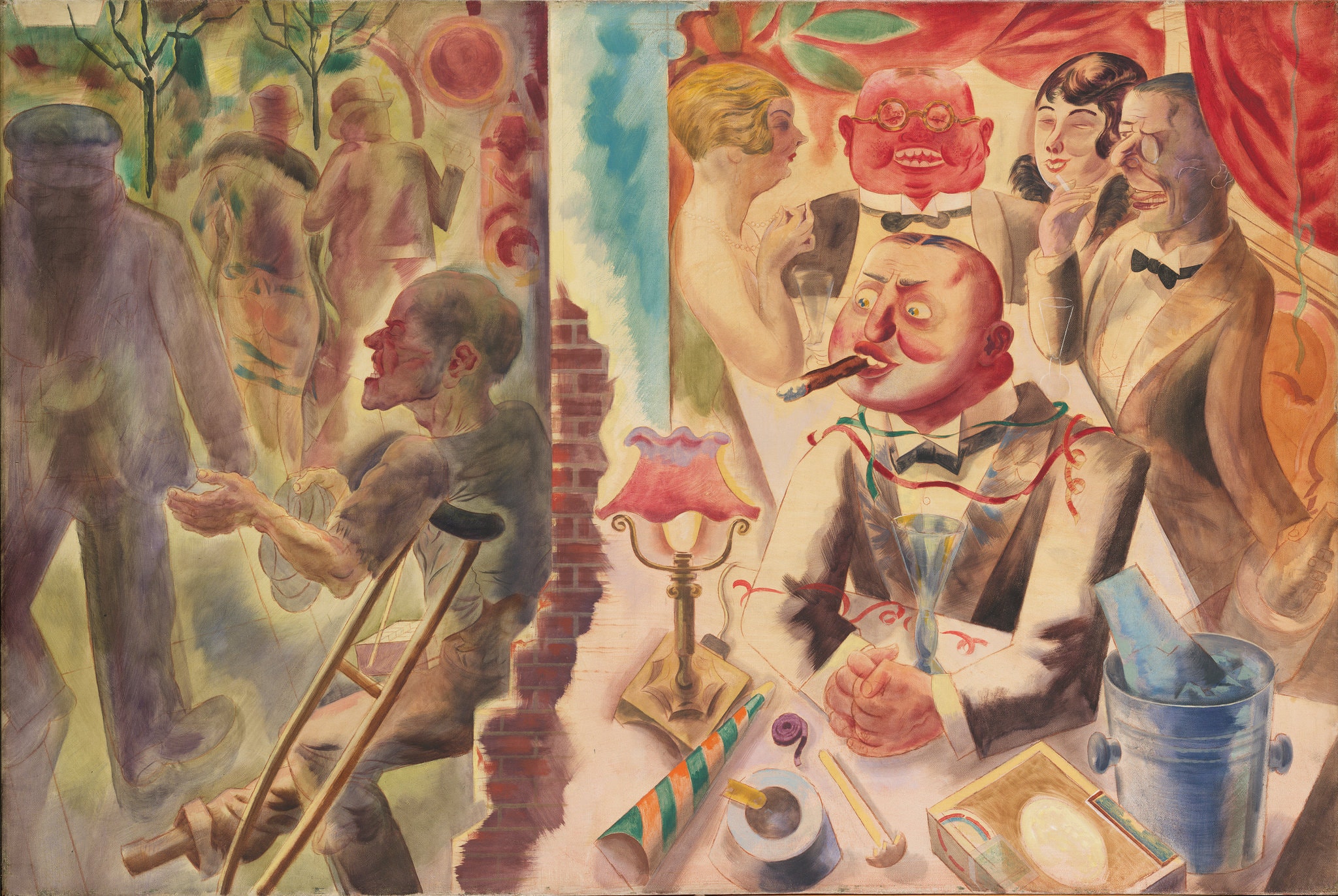
Credit: Yale University Art Gallery Source: https://www.max-ernst.com/
Max Ernst was born in Bruhl, a place near Cologne, in Germany. He was raised in a strict Catholic family. Although his father was deaf, Ernst learned so much from him, particularly when it comes to painting. In fact, much of his early years were lived under the inspiration of his father who was also a teacher. In 1914, Ernst attended the University of Bonn where he studied philosophy.
During World War I, Ernst was forced to join the German Army. Ernst emerged deeply traumatized and highly critical of western culture. These charged sentiments directly fed into his vision of the modern world as irrational, an idea that became the basis of his artwork.
During his early years, he became familiar with the works of some of the greatest artists of all time including Claude Monet, Paul Cezanne and Vincent van Gogh. He was also drawn to themes such as fantasy and dream imagery, which were among the common subjects of the works of Giorgio de Chirico
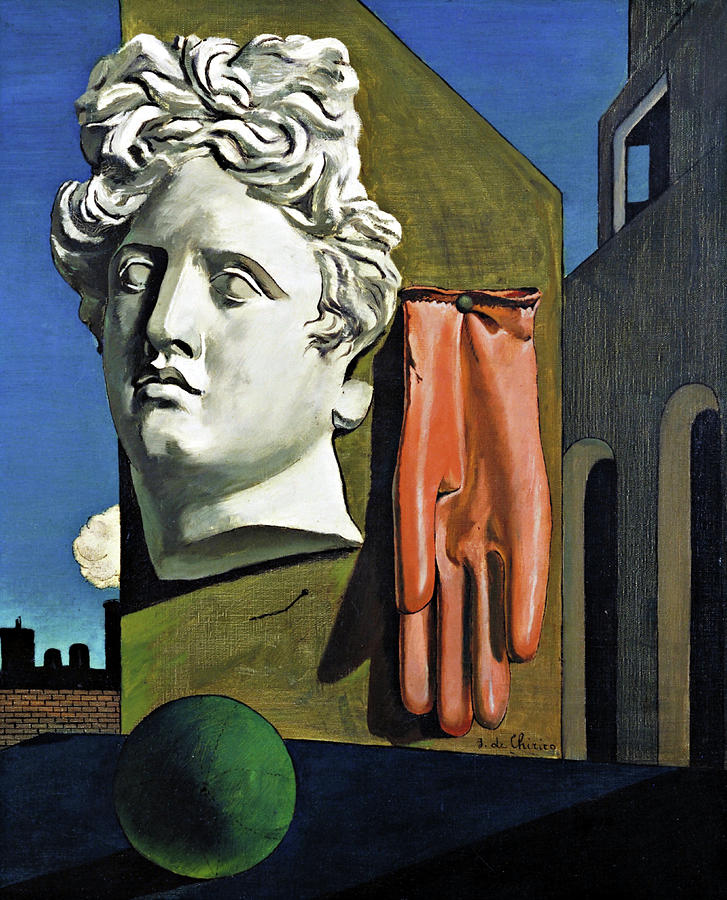
In 1919, Ernst started creating some of his first collages, where he made use of various materials including illustrated catalogs and some manuals that produced a somewhat futuristic image. Between 1919 and 1920, Max Ernst was one of the most enthusiastic leaders of the Dada movement in Cologne. By 1922, Ernst had moved to the French capital, where the surrealists were gathering around Andre Breton and never again worked in his native country. In 1924, in Paris, the artist became one of the founding members of the Surrealist group. Ernst was a pioneer of both movements.
Soon, Ernst decided to leave France and headed to New York to start a new life after becoming interned as a German national thrice. In New York, he joined Piet Mondrian and Marcel Duchamp, who were his fellow avant-garde artists from Europe. With these two artists, Ernst inspired a number of aspiring and professional American artists during that period.
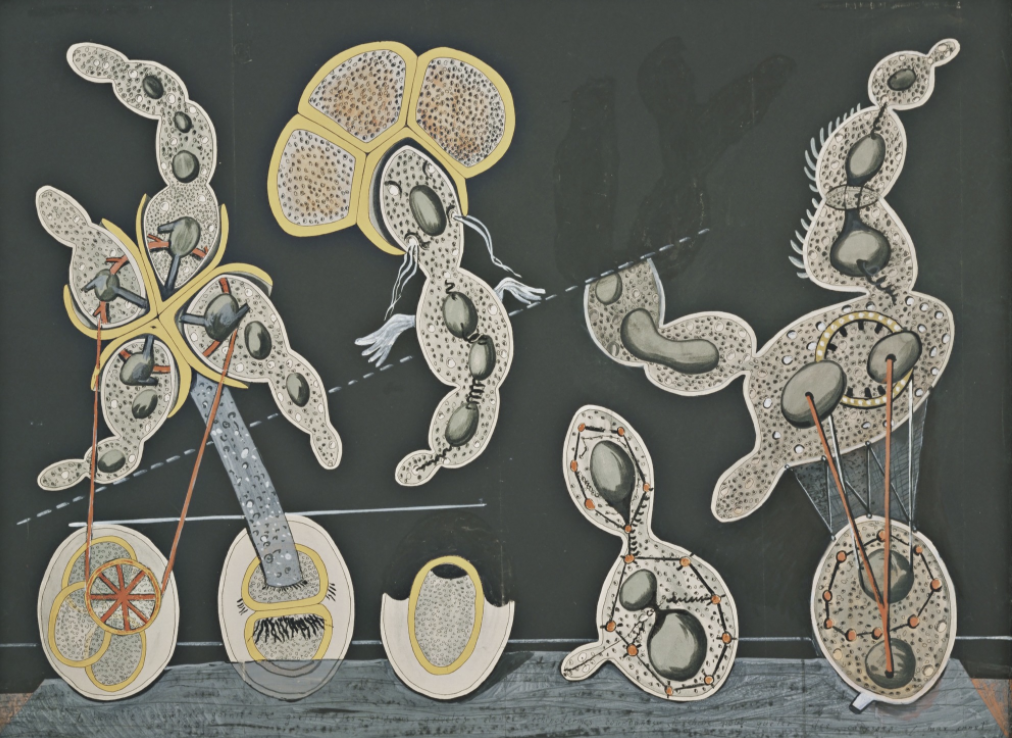
The Gramineous Bicycle Garnished with Bells the Dappled Fire Damps and the Echinoderms Bending the Spine to Look for Caresses
(La Biciclette graminée garnie de grelots les grisous grivelés et les échinodermes courbants l’échine pour quêter des caresses)1921
Furthermore, it was in the United States where he met the gallery owner and socialite named Peggy Guggenheim, who eventually became Ernst’s third wife. It was Guggenheim who paved the way for Ernst to enter the bustling art scene in New York. What captivated American artists about Ernst’s works was his evident rejection of conventional styles and imageries in painting. As young American artists were more interested in fresh and novel approaches to painting, this Ernst’s unique style captured the attention of painters who became exposed to his artworks. In particular, Jackson Pollock was enthralled upon seeing the extraordinary works of Ernst. Hence, the young artist became one of Ernst’s followers, among a few others.
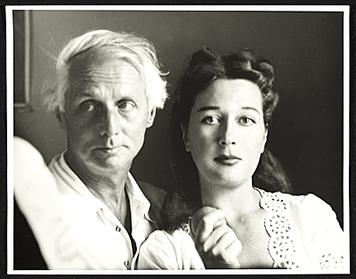
Max Ernst and Dorothea Tanning in 1948. Photo by Robert Bruce Inverarity in the Smithsonian Institution collection.
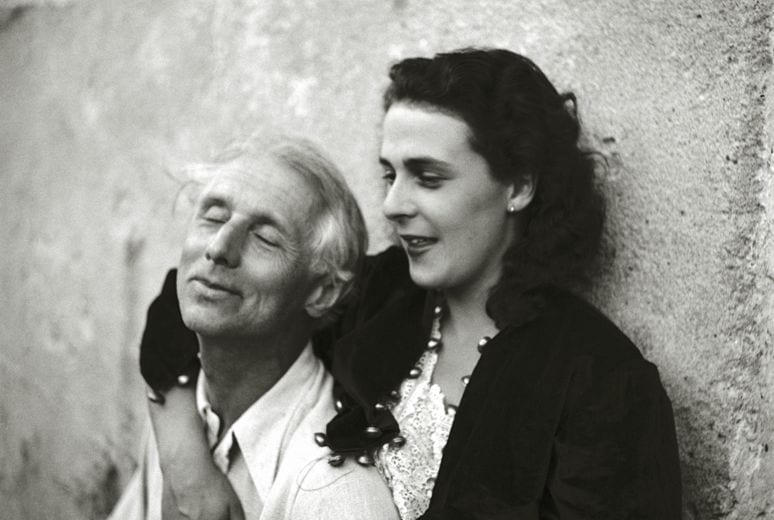
Max Ernst and Guggenheim, Source: https://www.thecollector.com/max-ernst/
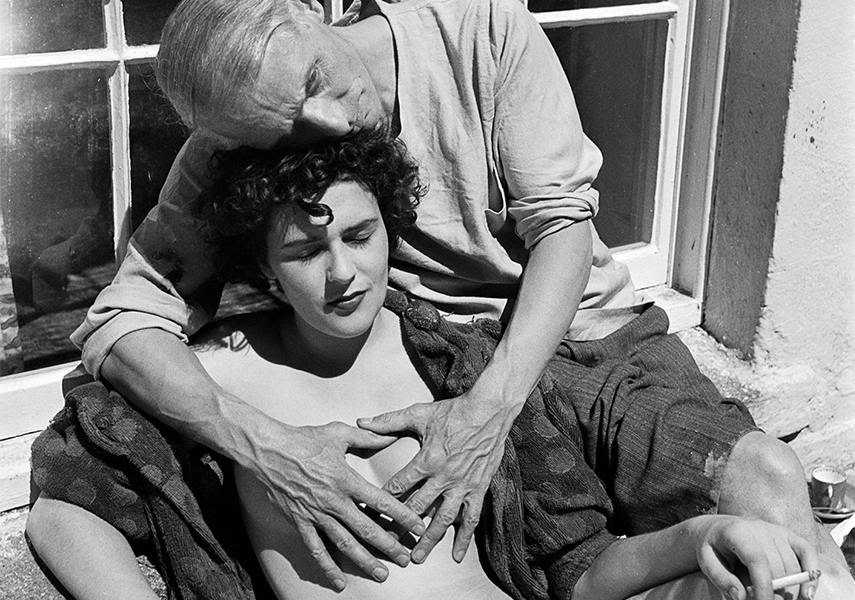
Max Ernst and Leonora Carrington. Source: https://travelswithmyart.wordpress.com/2017/12/19/surreal-it-is-surreal-it-aint/
In his later years, he divorced Guggenheim and married Dorothea Tanning, who was a surrealist painter based in Sedona, in Arizona. The couple soon moved to France, in 1953 and settled there. A year after, Ernst receive an award at the Venice Biennale, which was a prestigious awards contest.
Ernst, alongside his wife Tanning, became very active as an artist. . Over the years there have been many artists associated with Surrealism which continues to exert its influence on art to this day. However, those major figures who were responsible for creating the golden age of Surrealism were Max Ernst, Joan Miro, Salvador Dali and Rene Magritte. In 1976, Ernst passed away, yet his legacy lived on as he continued to become a source of inspiration for artists throughout the world.
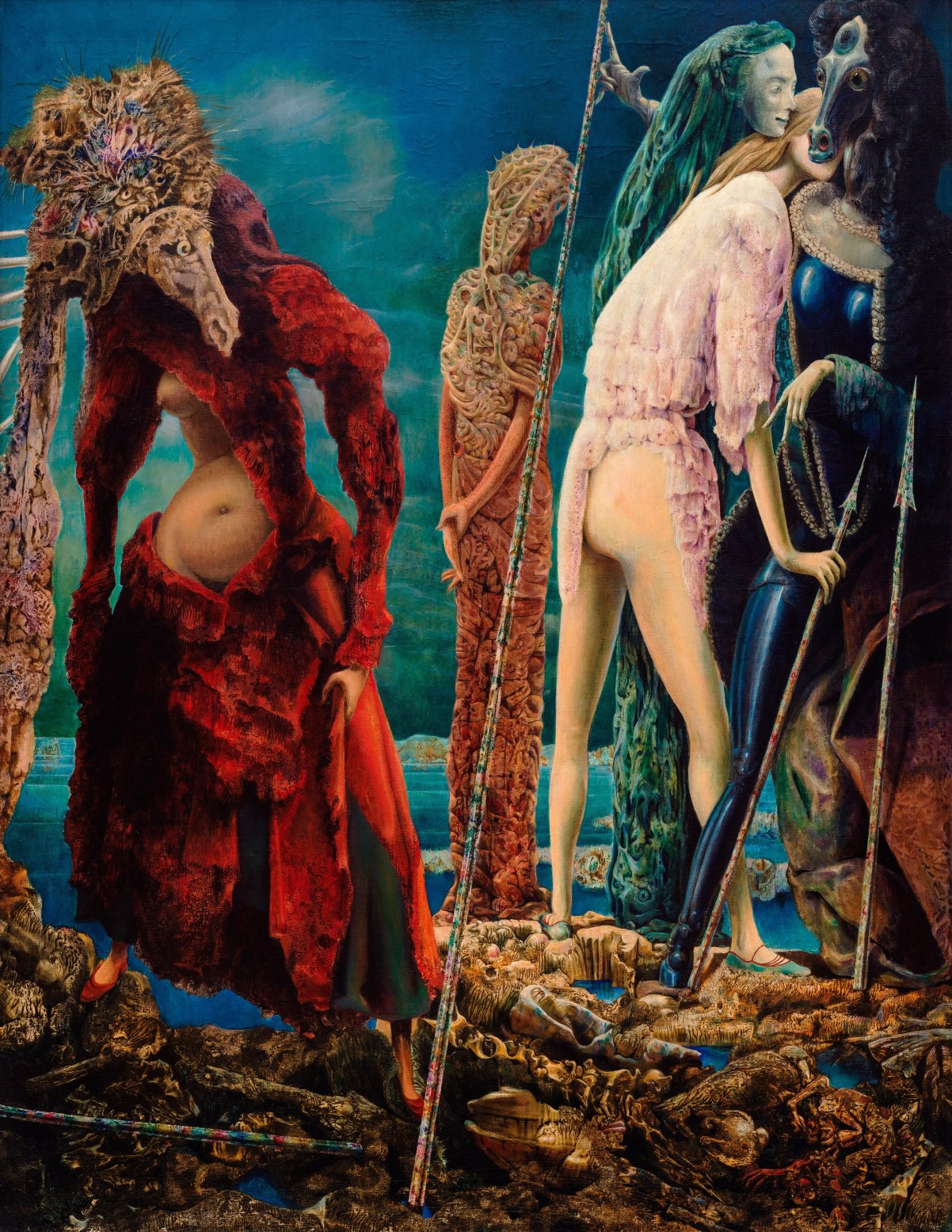
Max Ernst; The Antipope, 1941-42, ©The Solomon R. Guggenheim Foundation, Peggy Guggenheim Collection, Venice, 1976 Source: https://travelswithmyart.wordpress.com/2017/12/19/surreal-it-is-surreal-it-aint/
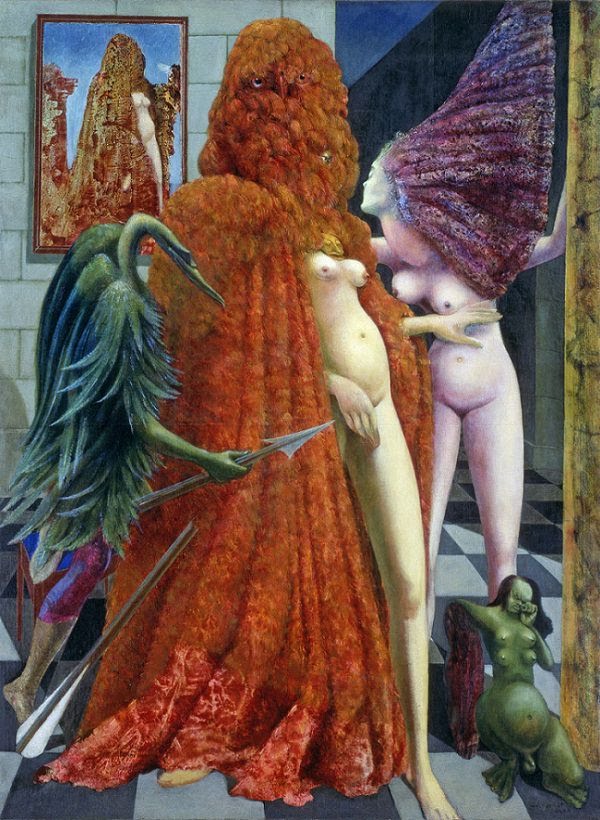
Max Ernst; Attirement of the Bride (La Toilette de la mariée), 1940, The Solomon R. Guggenheim Foundation Peggy Guggenheim Collection, Venice, 1976 Source: https://travelswithmyart.wordpress.com/2017/12/19/surreal-it-is-surreal-it-aint/
Sources:
World War 1 and Dada. Museum of Modern Art (MoMA).
Hans Richter, Dada: Art and Anti-Art. London; Thames & Hudson (1997)
Breton, André. Surrealism and Painting, Icon, 1973
Dawn Ades, with Matthew Gale: “Surrealism”, The Oxford Companion to Western Art. Ed. Hugh Brigstocke. Oxford University Press, 2001.
Leah Dickerman, Dada. National Gallery of Art, Washington, D